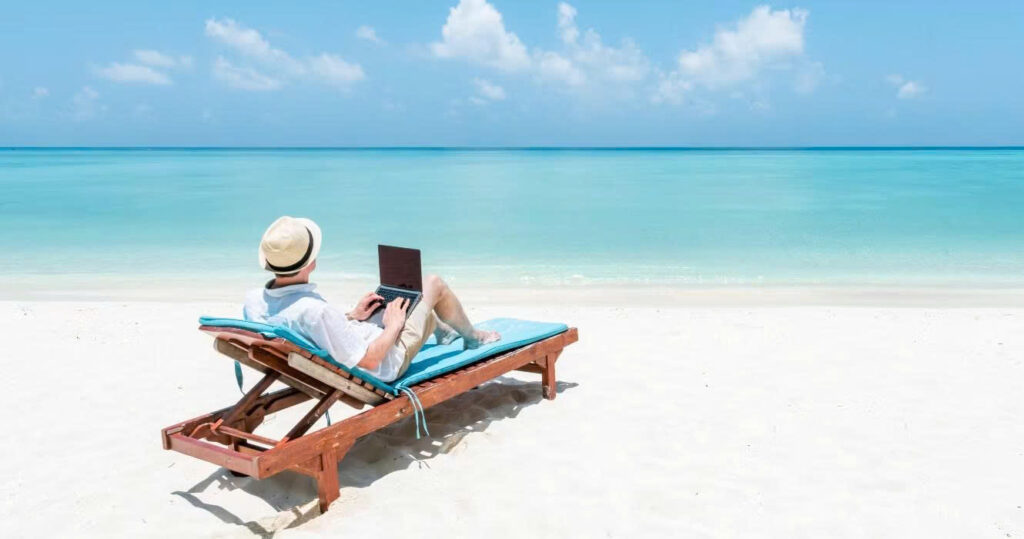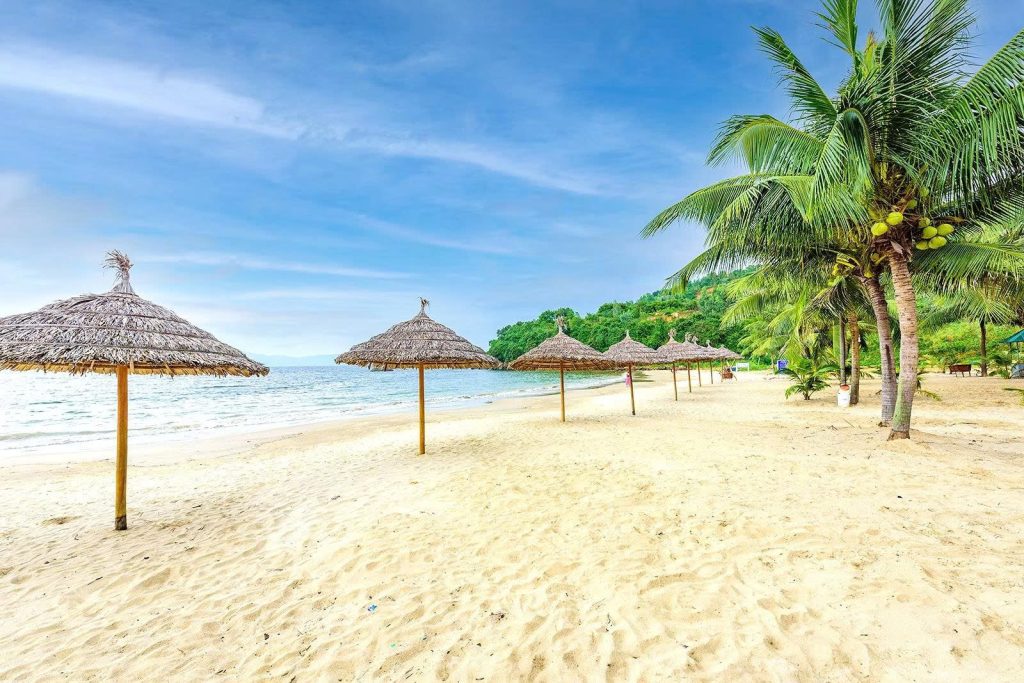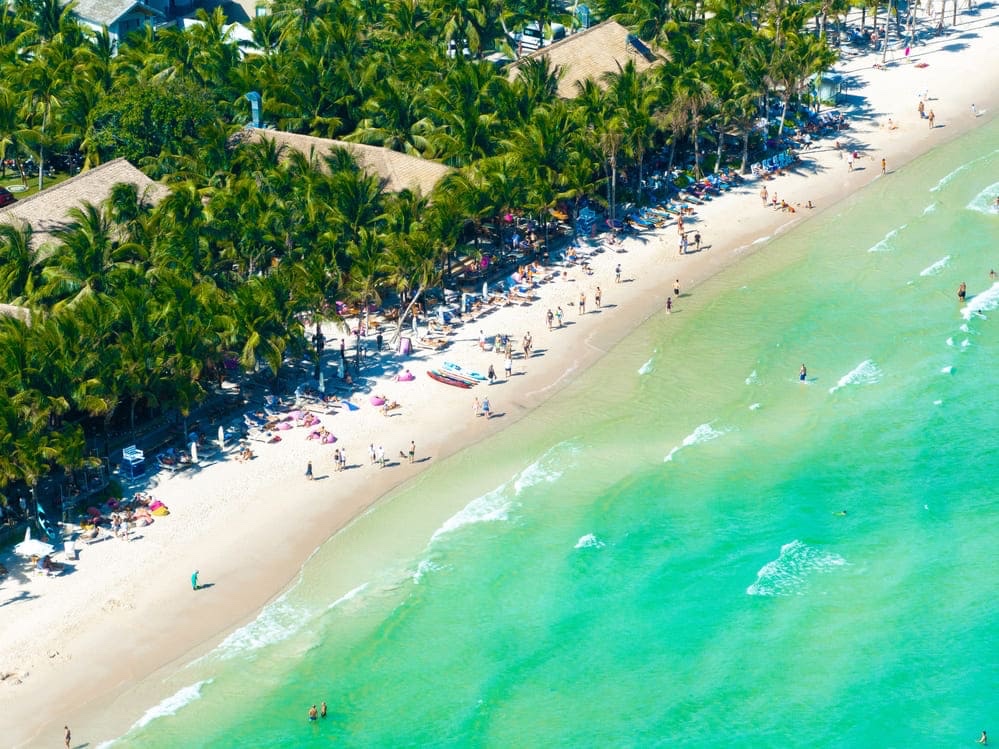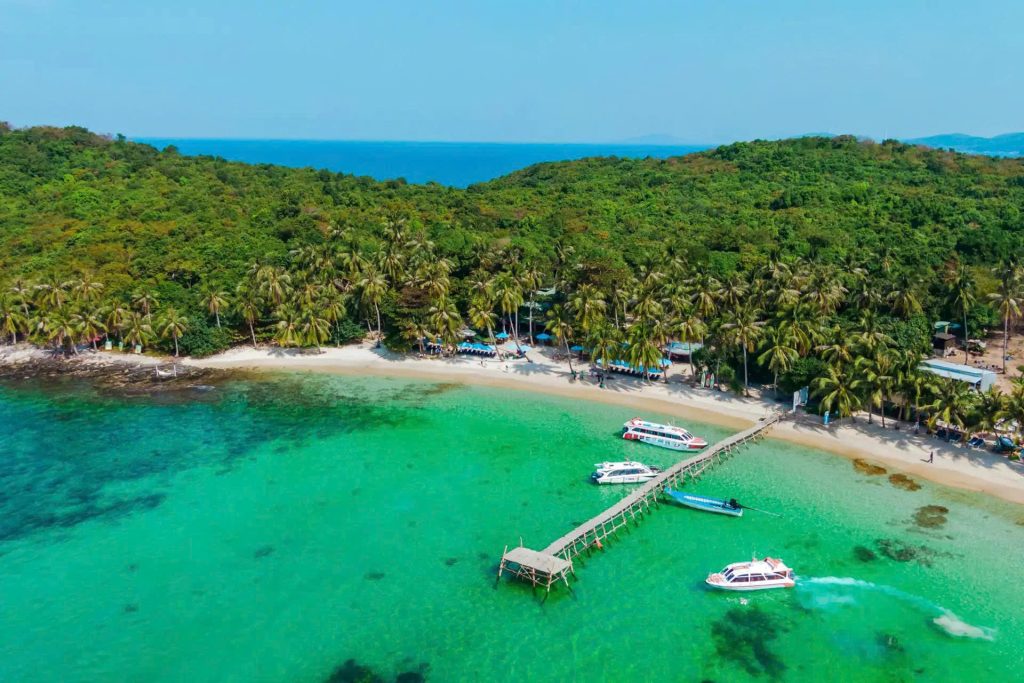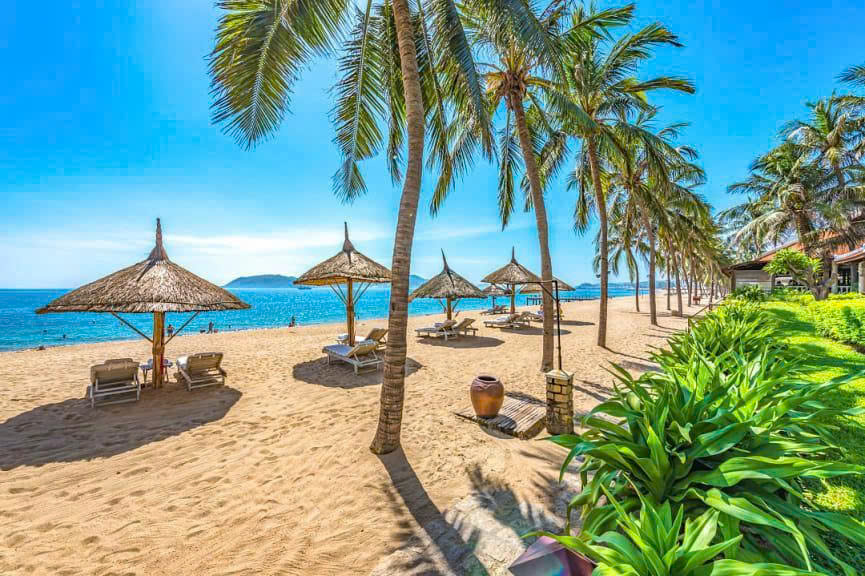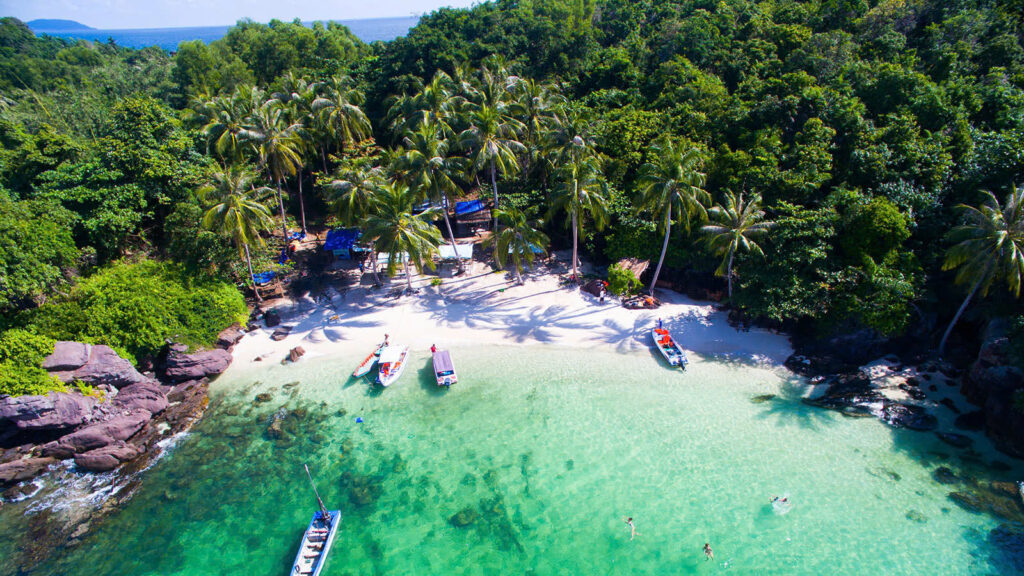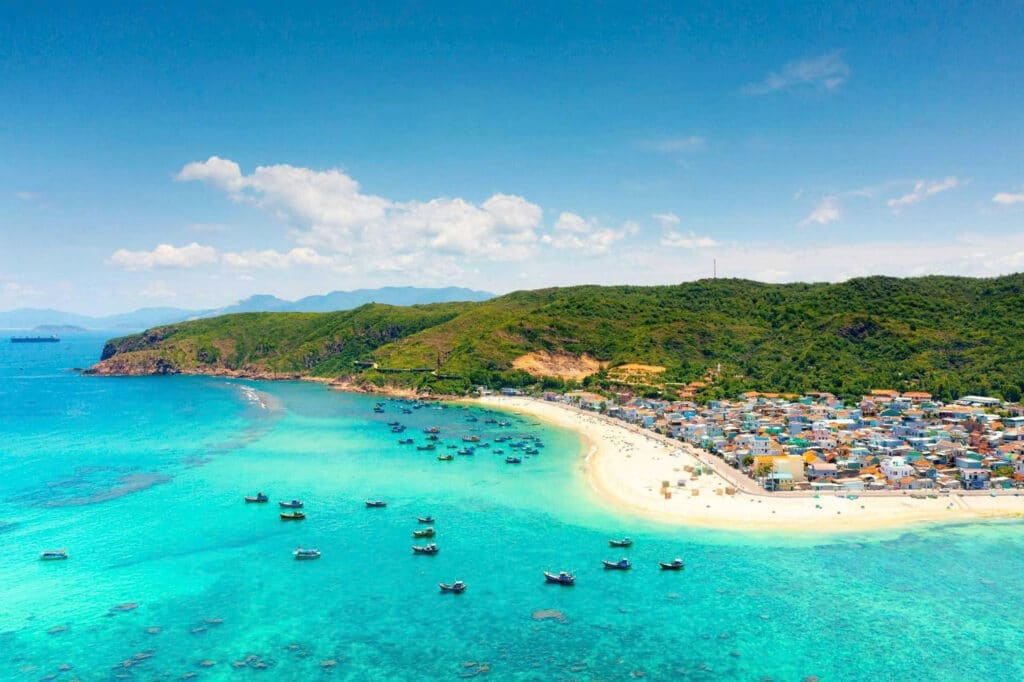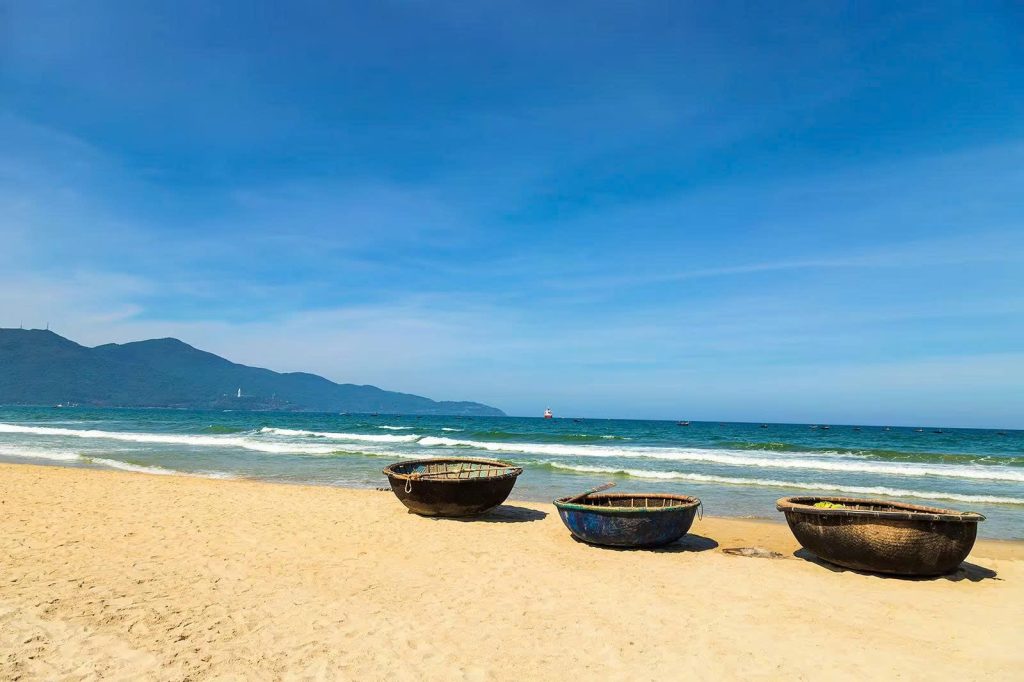Welcome to the definitive financial planning guide for anyone considering a move to Southeast Asia’s most captivating country. If you are looking to relocate, retire, or establish a base as a digital nomad, a precise understanding of the Cost of Living in Vietnam is your most valuable asset.
Vietnam has long held a global reputation for extraordinary affordability, allowing expatriates to enjoy an exceptionally high quality of life—often far superior to what their budget would permit back home—without the debilitating expenses of Western nations. Yet, as a booming economy, prices are dynamic, and your budget requirements will shift dramatically depending on the city you choose and the lifestyle you pursue.
1. Vietnam Cost of Living Index and Exchange Rate
Accurate financial planning in Vietnam begins with a firm grasp of the national economic context and local currency dynamics.
The Current Financial Snapshot

While inflation is a constant consideration, the overall financial picture remains extremely favorable for foreign residents. Based on current data, a single person should budget for an average monthly Cost of Living in Vietnam that falls between VND 18,000,000 and VND 38,000,000 (USD $700 – $1,500). This range typically encompasses a decent apartment rental, all utilities, a varied diet of local and international food, and moderate entertainment.
The Vietnamese Dong (VND) and Exchange Rate
The local currency is the Vietnamese Dong (VND). Given the high volume of zeros, it often takes newcomers time to adjust. As of early 2025, the approximate exchange rate is:
Tip: When handling cash, exercise caution, especially with high denominations. The 20,000 VND and the 500,000 VND notes can sometimes look similar in dim light. Always check the number, and learn to quickly identify the distinct features of the different denominations. For larger transactions, inquire about card or bank transfer options.
Vietnam’s Affordability Compared: Asia & The West

Vietnam’s core financial appeal is its unbeatable value proposition. The money you save on rent and food often translates directly into a higher quality of life or significantly larger savings.
| Comparison Point | Monthly Cost Difference (Approx.) | Key Takeaway |
| Western Cities (NYC, London) | 60% to 75% Lower | Expats can often live an upper-middle-class life in Vietnam for the same price as a frugal life back home. |
| Thailand (Bangkok/Phuket) | Rent is often 10-20% cheaper in Vietnam. | Food (especially street food) and transportation offer better value in Vietnam. Accommodation quality is often higher for the same price. |
| Singapore/Hong Kong | 70-80% Lower | Vietnam is the ideal “low-cost neighbor” for professionals working in high-cost Asian financial hubs. |
The low Vietnam Cost of Living Index confirms that whether you are a young professional or a retiree, your financial resources will stretch substantially further here than in most major global destinations.
RELATED: Best Cities in Vietnam for Digital Nomads
2. Vietnam Cost of Living: Location, Location, Location
The single most influential factor in your budget planning is your chosen location. Vietnam is highly diverse, and costs are not uniform across its major hubs.
Tier 1: Ho Chi Minh City (HCMC) & Hanoi: The Pricey Hubs
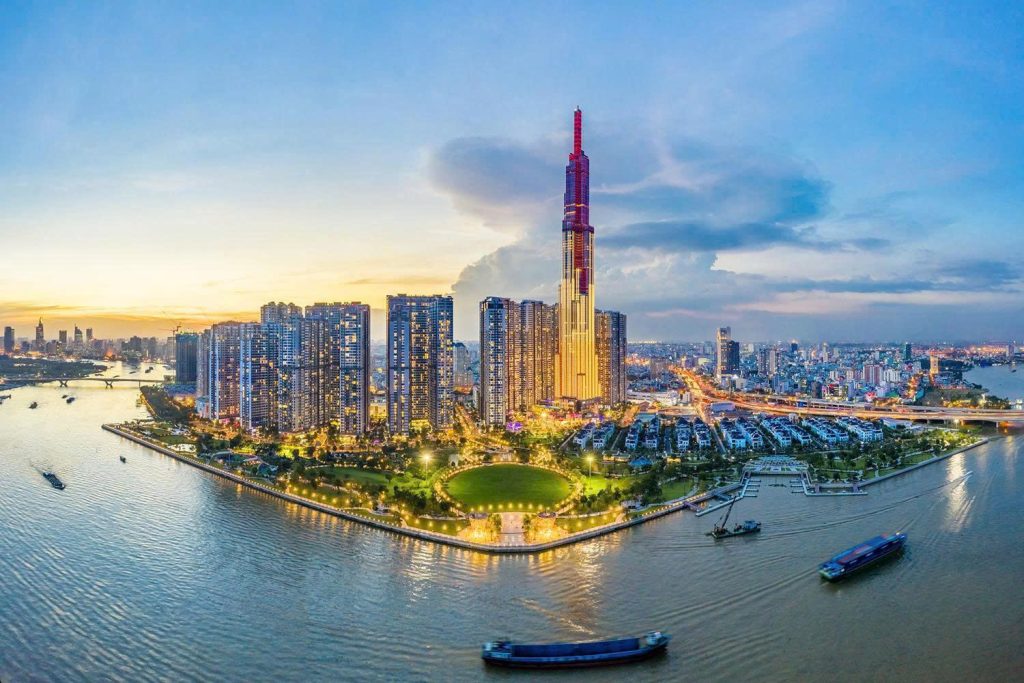
As the economic, cultural, and political capitals, these two megacities command the highest prices in the Vietnam Cost of Living Breakdown. The primary expense driver is the high demand for premium, modern, and centrally located housing.
Ho Chi Minh City (Saigon)
- Vibe: Electric, ceaselessly energetic, business-focused, and warmer. Known for its sophisticated dining and nightlife scene.
- Cost Drivers: Luxury apartment rentals (particularly in District 1, District 2/Thủ Đức City, and District 7), international schools, and reliance on imported goods in expat zones.
- Average 1BR Apartment (City Center): $550 – $1,100 USD.
RELATED: Ho Chi Minh City Digital Nomads Cost of Living
Hanoi
- Vibe: Cultural, historic, political heart. Cooler weather with four distinct seasons. Charming, dense Old Quarter.
- Cost Drivers: High demand for large serviced apartments in the expat haven of Tây Hồ (West Lake). The blend of local charm and diplomatic/business housing pushes prices up in specific areas.
- Average 1BR Apartment (City Center/Tay Ho): $500 – $1,000 USD.
Entity Focus: When budgeting for the major cities, always specify your target district. Renting in Hanoi’s Ba Đình or HCMC’s District 3 offers a great balance of location and a slight price reduction compared to the ultra-premium expat pockets.
RELATED: Monthly Digital Nomad Budget in Hanoi: Ideal for digital nomads
Tier 2: Da Nang & Hoi An: The Coastal Balance

These central Vietnamese cities offer the ideal compromise: a modern, comfortable lifestyle combined with stunning natural scenery and noticeably lower costs than the two megacities.
- Da Nang: A clean, modern coastal city with world-class beaches and excellent infrastructure. Popular with families and digital nomads. A high-quality 1BR apartment near My Khe Beach typically costs $400 – $750 USD.
- Hoi An: Located 30 minutes south of Da Nang. Living here full-time offers a slower, highly scenic life. A comfortable budget falls in the $600 – $950 USD range, often including a larger space (house or villa) than what HCMC offers.
RELATED: Da Nang for Digital Nomads: The Coastal Remote Work Haven
Tier 3: Smaller Cities and Rural Areas: Extreme Budget Options
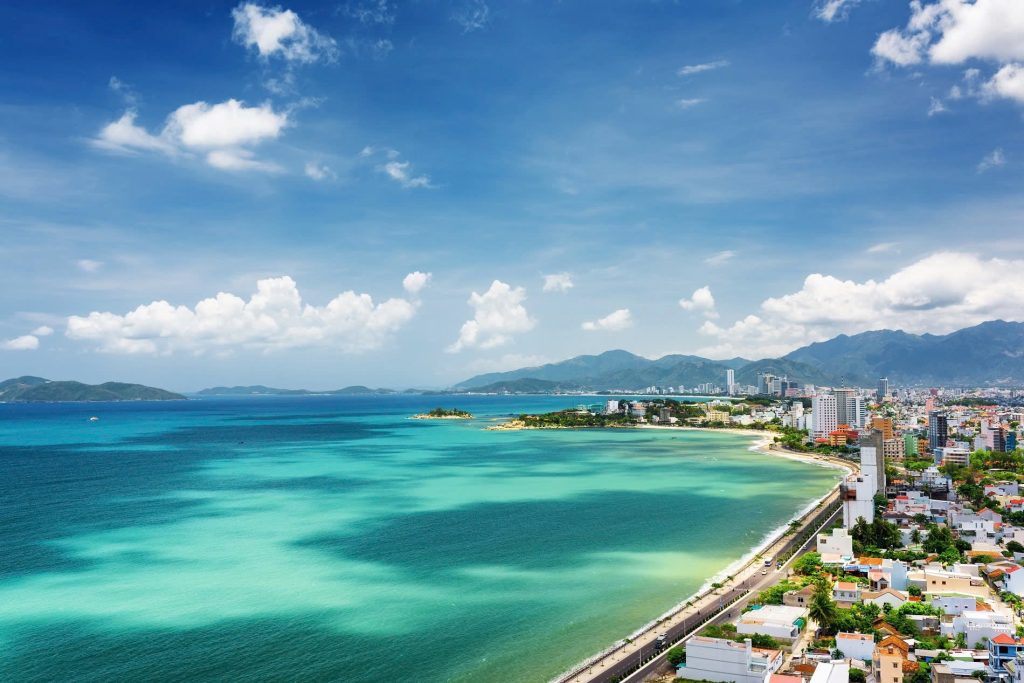
For the most extreme budget frugality, or for retirees seeking the highest level of peace and quiet, second-tier cities provide unmatched value.
- Examples: Nha Trang (beach resort), Đà Lạt (mountain retreat), Cần Thơ (Mekong Delta).
- Budget Potential: In these areas, it is absolutely feasible to secure a clean, modern, local apartment for as low as $250 – $450 USD and minimize all other consumption costs. This makes the Cost of Living in Vietnam truly ultra-low, allowing long-term residents to live comfortably for under $700 per month.
RELATED: Top Hidden Gem Cities for Digital Nomads in Vietnam
3. The Vietnam Cost of Living Breakdown by Lifestyle Tier (The Core Analysis)
To transform this data into an actionable budget, we segment the Vietnam Cost of Living into three distinct lifestyle tiers. These budgets are designed to be all-inclusive, covering rent, food, transportation, utilities, and entertainment for a single person.
The Frugal Backpacker/Local Living Budget (USD $500 – $850)

This tier represents maximum integration and maximum savings. It’s perfect for long-term travelers, students, or those testing the waters of Vietnamese life.
| Category | Monthly Cost (VND) | Monthly Cost (USD) | Notes & Strategy |
| Rent & Utilities | 4,000,000 – 7,500,000 | $160 – $300 | Shared house, local phòng trọ (rented room), or basic studio outside the city center. Low AC usage is key. |
| Food (Local Only) | 4,500,000 – 6,500,000 | $180 – $260 | Three meals a day strictly from street vendors (Phở, Cơm Tấm, Bún Chả). Occasional home cooking with market produce. |
| Transportation | 750,000 – 1,500,000 | $30 – $60 | Reliance on public buses, walking, and occasional shared Grab motorbikes. |
| Entertainment & Misc. | 1,000,000 – 2,500,000 | $40 – $100 | Local Bia Hơi, cheap coffee (cà phê đá), free cultural activities (parks, pagodas). |
| Total Monthly | 10,250,000 – 18,000,000 | $410 – $720 | This budget requires flexibility, discipline, and a genuine willingness to live like a local. |
RELATED: How Much Salary Need for a Comfortable Digital Nomad Life in Vietnam
The Comfortable Expat/Digital Nomad Budget (USD $900 – $1,800)
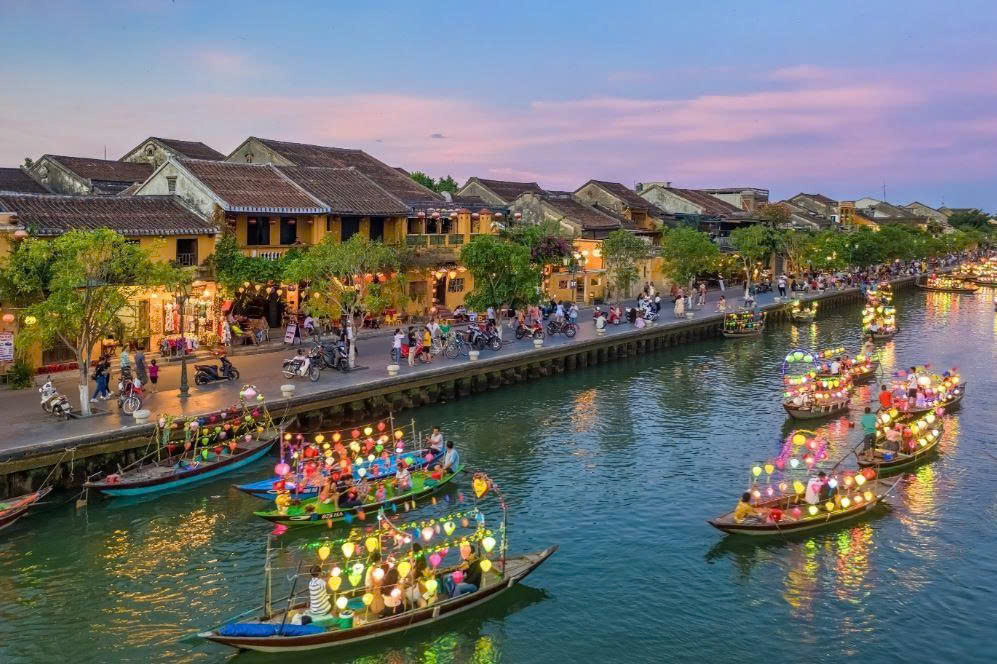
This is the sweet spot for most foreign residents and directly addresses the primary search intent for the Cost of Living in Vietnam. It facilitates a high-quality life, seamlessly blending local affordability with desired Western comforts.
| Category | Monthly Cost (VND) | Monthly Cost (USD) | Notes & Strategy |
| Rent & Utilities | 8,000,000 – 18,000,000 | $320 – $720 | Modern 1BR or spacious studio in a prime district (e.g., Bình Thạnh, Cầu Giấy, Da Nang beachfront). Reliable high-speed internet. |
| Food (Mixed) | 7,500,000 – 12,500,000 | $300 – $500 | Daily street food lunch, frequent home cooking, 2-3 mid-range Western meals/week. Moderate imported groceries. |
| Transportation | 1,250,000 – 3,500,000 | $50 – $140 | Personal motorbike rental or frequent, comfortable use of Grab car/bike. Occasional long-distance bus/train travel. |
| Entertainment & Misc. | 3,000,000 – 8,000,000 | $120 – $320 | Gym membership, co-working space fees, weekend excursions, social drinking, domestic travel. |
| Total Monthly | 19,750,000 – 42,000,000 | $790 – $1,680 | This budget provides high financial comfort, excellent work-life balance, and flexibility. |
The High-End/Luxury Lifestyle Budget (USD $2,000 – $4,000+)
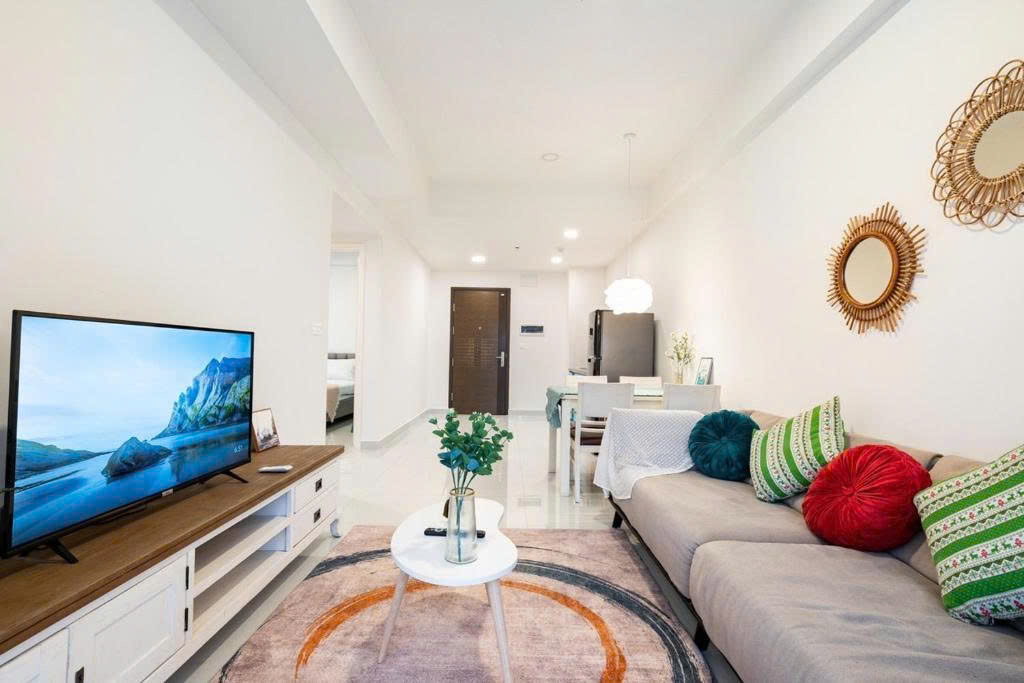
This tier removes almost all budgetary concerns, catering to families, senior managers, or business owners who demand consistent international standards in housing, food, and services.
- Accommodation: Penthouse, river-view condo, or large house/villa in secure expat compounds (e.g., Thảo Điền, Ciputra). Rent starts from $1,500 and easily exceeds $3,500+ per month.
- Food: Exclusive use of international supermarkets (Annam Gourmet, Mega Market), frequent fine dining, and imported beverages/liquor. Budget: $800 – $1,500+ per month.
- Childcare/Education: The single largest factor. International school tuition is a major expense, often adding $1,500 – $3,000+ per month per child.
- Services: Full-time live-in maid, private driver, premium healthcare/insurance, and exclusive club memberships.
Key Takeaway: Even operating at this luxury echelon, the overall Cost of Living in Vietnam for a high-salary earner is substantially lower than in most comparable global cities, allowing for exceptional savings potential.
4. Detailed Breakdown of Monthly Expenses

This section provides the essential granular data necessary for a precise personal budget, fulfilling the “Breakdown” aspect of the search query.
Housing and Rent in Vietnam (The Biggest Expense)
Housing costs are dictated by location, size, and amenities (pool, gym, security).
Renting for the Budget Traveler
- Options: Local phòng trọ (simple, furnished room), or shared apartments in local houses.
- Price Range: 4,000,000 – 7,000,000 VND ($160 – $280). Rooms are usually smaller and lack Western kitchens.
Mid-Range and Luxury Apartment Costs
| City/District | Accommodation Type | Estimated Monthly Rent (VND) | Estimated Monthly Rent (USD) |
| HCMC (Bình Thạnh, Phú Nhuận) | Modern Studio/1BR Apartment | 9,000,000 – 14,000,000 | $360 – $560 |
| HCMC (D2 Thảo Điền) | 2BR Condo/Serviced Apartment | 20,000,000 – 40,000,000 | $800 – $1,600 |
| Hanoi (Old Quarter/Hoan Kiem) | Charming 1BR, less modern | 7,000,000 – 12,000,000 | $280 – $480 |
| Hanoi (Tây Hồ – West Lake) | Large 2BR in expat area | 18,000,000 – 35,000,000 | $720 – $1,400 |
| Da Nang (Beach Area) | Modern 1BR near the beach | 11,000,000 – 16,000,000 | $440 – $640 |
Utilities and Household Services
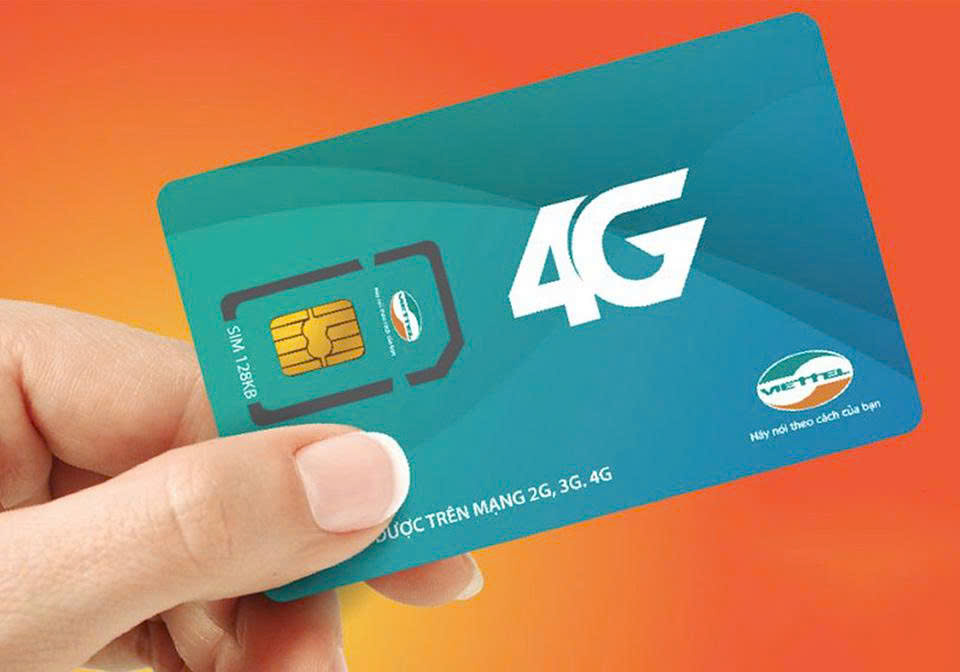
Utilities are cheap, but be aware of the “Air Conditioning Tax” in summer.
Basic Utilities and Internet
| Service | Estimated Monthly Cost (VND) | Estimated Monthly Cost (USD) | Notes |
| Electricity | 1,000,000 – 3,000,000 | $40 – $120 | Highly variable. Heavy AC use in summer pushes this cost up significantly. |
| Water | 150,000 – 300,000 | $6 – $12 | Very low and stable cost. |
| Internet (Fast 100Mbps+ fiber plan) | 200,000 – 350,000 | $8 – $14 | High speed and reliable, excellent value globally. |
| Mobile Phone (Unlimited Data) | 100,000 – 200,000 | $4 – $8 | Prepaid plans from Viettel or Mobifone are robust and extremely cheap. |
| House Cleaner (Weekly) | 1,500,000 – 3,500,000 | $60 – $140 | Approximately $2-$5 USD per hour. Highly accessible service even for Tier 2 budgets. |
Food and Groceries Cost (The Easiest Way to Save)

Your food budget flexibility is the best indicator of your overall Cost of Living in Vietnam.
Street Food vs. Restaurant Dining
- Eating like a Local (Tier 1): A full, satisfying meal (Phở, Bún Chả) rarely exceeds 50,000 VND ($2.0). Lunch is often under $1.50.
- Mid-Range Dining (Tier 2): Dining at contemporary Vietnamese or casual international restaurants. A main course averages 150,000 – 350,000 VND ($6 – $14).
- High-End Dining (Tier 3): Fine dining (e.g., Japanese, high-end Steakhouses). Costs can easily exceed 1,000,000 – 4,000,000 VND ($40 – $160) per person.
Grocery Prices & Cooking at Home
While local cooking is cheap, imported items carry a hefty premium.
| Item | Unit | Estimated Local Price (VND) | Estimated Local Price (USD) | Notes |
| Rice (Gạo) | 1 kg | 18,000 – 30,000 | $0.7 – $1.2 | Staple, extremely cheap. |
| Chicken Breast (Local) | 1 kg | 60,000 – 80,000 | $2.4 – $3.2 | Very affordable protein. |
| Eggs (Trứng) | Dozen | 35,000 – 55,000 | $1.4 – $2.2 | Reliable, cheap source of protein. |
| Local Vegetables | 1 kg | 15,000 – 30,000 | $0.6 – $1.2 | Buy at local markets for the best prices. |
| Imported Cheese/Wine | Variable | N/A | Prices can be 2x-3x Western prices due to taxes. |
Transportation Costs and Getting Around
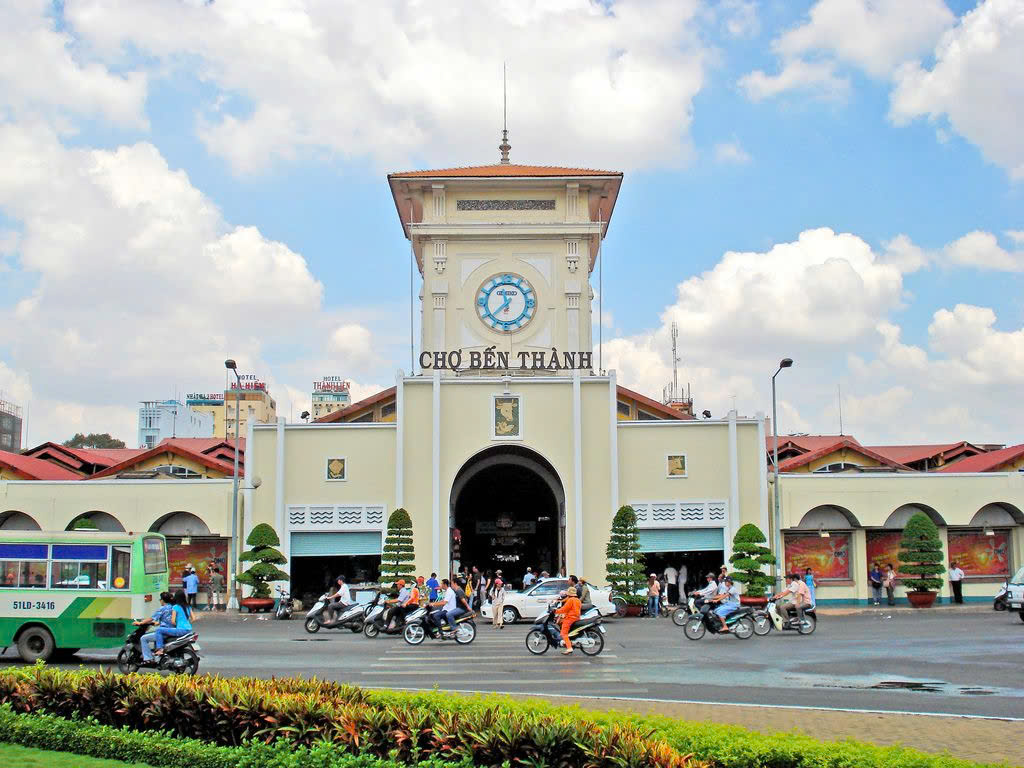
Motorbikes and ride-hailing services define urban mobility in Vietnam.
Grab/Xanh SM/Be (Ride-hailing)
- Motorbike Grab/ Xanh SM/ Be: Most cost-effective. A short 3km trip is typically 15,000 – 25,000 VND ($0.6 – $1.0).
- Car Grab/ Xanh SM/ Be: Comfortable and affordable. A 5km trip costs approximately 50,000 – 80,000 VND ($2.0 – $3.2).
Motorbike Rental/Ownership
- Monthly Rental: A common Tier 2 expense. Renting a reliable scooter costs between 1,500,000 – 3,000,000 VND ($60 – $120) per month.
- Petrol (Xăng): Fuel costs are moderate. A full tank (4L) is around 100,000 VND ($4.0).
Health, Wellness, and Insurance
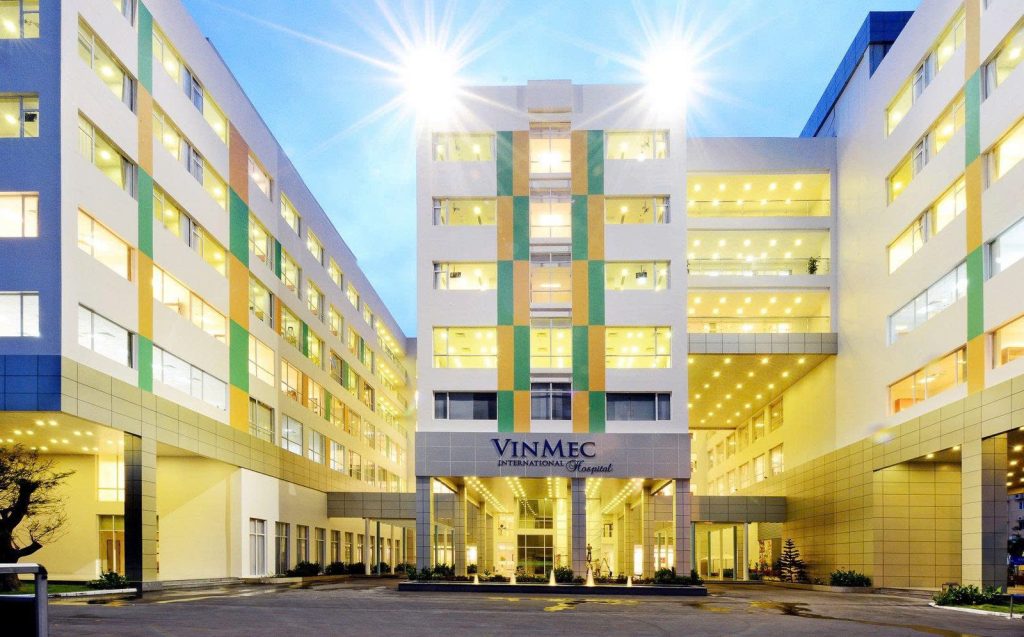
While local clinical fees are low, the real cost for expats lies in insurance and emergency care.
Healthcare and International Health Insurance
- Local Clinic Visit: A basic doctor’s consultation can cost as little as 300,000 – 700,000 VND ($12 – $28).
- Insurance: International health insurance is essential. Comprehensive plans covering inpatient care, evacuation, and outpatient costs typically start from $1,500 – $4,000+ per year.
- Note: For serious medical care, expats rely on major hospitals like Vinmec, or FV Hospital, which accept international insurance.
Wellness and Entertainment
- Gym Membership: 400,000 – 1,200,000 VND ($16 – $48) per month for modern facilities (Elite Fitness, California Fitness).
- Cinema Ticket: 100,000 – 150,000 VND ($4 – $6).
- Local Beer (Bia Hơi): As low as 5,000 – 10,000 VND ($0.2 – $0.4) per glass in the Old Quarter, making socializing extremely cheap.
4, Financial and Logistical Considerations for Living in Vietnam
Beyond daily expenses, there are crucial logistical costs that must be factored into the overall Vietnam Cost of Living.
Banking and Money Transfer
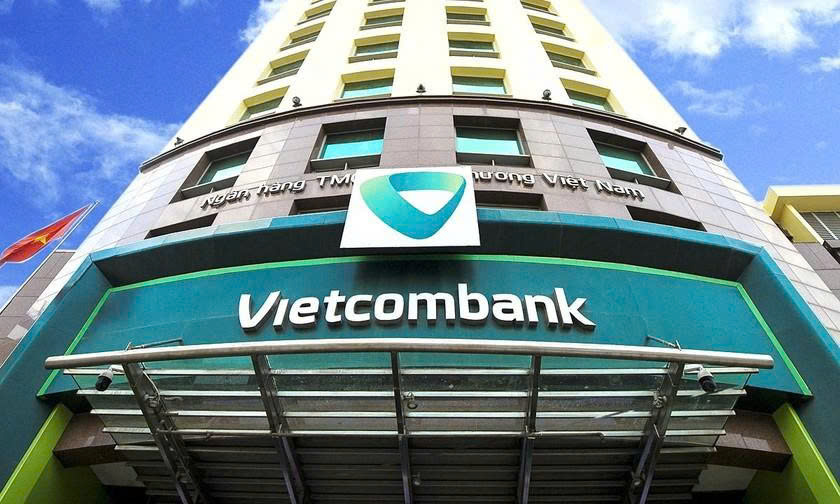
Reliable money management is crucial for minimizing hidden transfer fees.
Opening a Local Bank Account
- Best Options: Vietcombank and Techcombank are commonly used by expats.
- Requirement: Opening an account usually requires a long-term visa (such as a Temporary Residence Card – TRC) or a work permit.
- Expertise: Vietnamese banks are generally efficient, but customer service standards can vary.
Reducing Transfer Fees (The Wise/HSBC Strategy)
- Wise (formerly TransferWise): Highly recommended for international money transfer due to competitive exchange rates and low fees. This is the Trustworthiness signal for expat finance.
- HSBC/Standard Chartered: Useful for high-volume transfers if you maintain an international account with them.
Visa Runs, Legal Fees, and Immigration
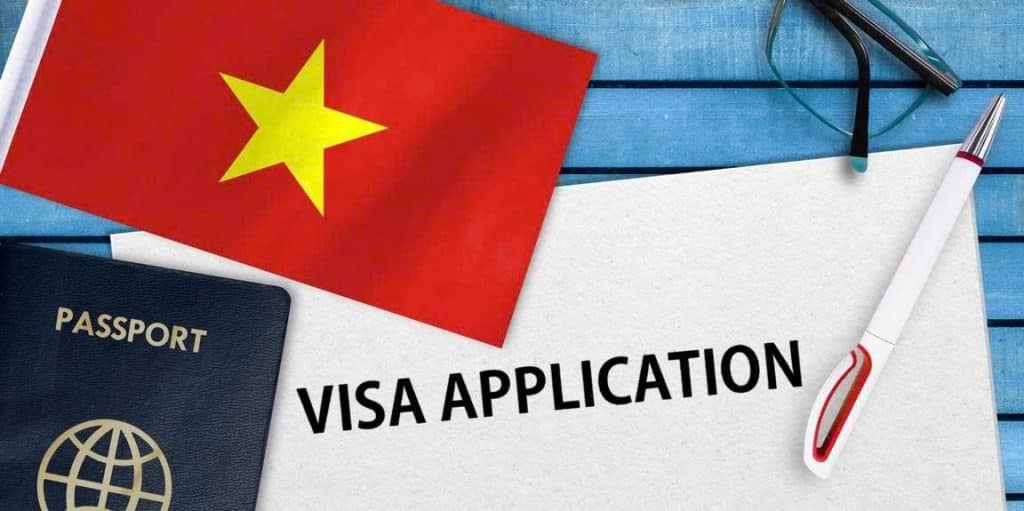
The right to stay in Vietnam is a mandatory recurring cost.
Visa Extension and Cost
- Cost: Visa extensions (3-month stays) can cost between $150 and $400 USD, depending on the agent and the prevailing regulations.
- Visa Run: A flight to a nearby country (e.g., Bangkok, Kuala Lumpur) to renew a visa can cost around $100 – $200 USD for the flight, plus travel expenses.
Temporary Residence Card (TRC) Benefits and Pricing
- Benefit: The TRC (valid for 1–5 years) eliminates the need for expensive visa runs, significantly stabilizing the long-term Cost of Living in Vietnam.
- Requirement: Requires a Work Permit or marriage to a Vietnamese citizen.
- Cost: While the initial fee is high, it is the cheapest long-term solution.
RELATED: How to Get a Long-Term Visa for Digital Nomads in Vietnam
The Tax Burden (For Workers)
For expats working legally, Personal Income Tax (PIT) is a significant factor.
Personal Income Tax (PIT) for Residents vs. Non-Residents
- Resident (Stay > 183 days/year): Taxed progressively on global income, ranging from 5% to 35%.
- Non-Resident: Taxed at a flat rate of 20% on Vietnamese-sourced income.
Understanding Employment Contracts and Mandatory Insurance
Employees contribute to compulsory social insurance, which is another necessary deduction from their salary, further balancing the perceived low cost of living.
5. Education and Childcare Costs (The Family Budget Challenge)
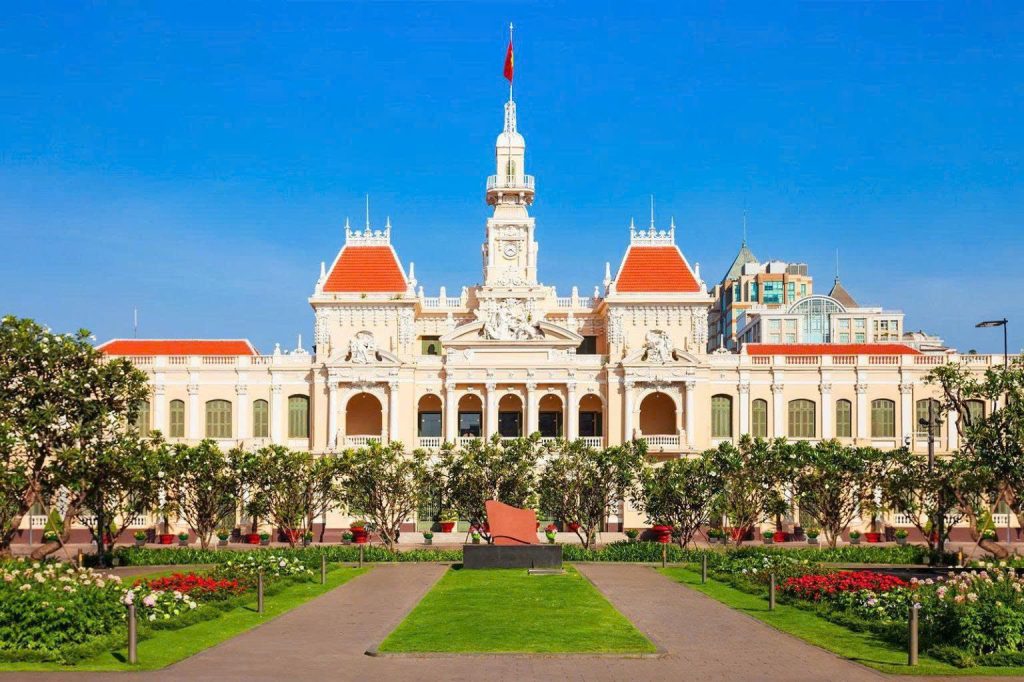
For families, the choice of school drastically alters the Cost of Living in Vietnam more than any other variable, often pushing the budget into the Tier 3 bracket.
International School Fees: The Single Largest Expense
High-quality international education is the most expensive item on any family’s budget.
| Tier | Annual Tuition Fee (USD) | Notes |
| Premium Tier 1 | $20,000 – $35,000+ | Full IB Curriculum, state-of-the-art facilities (e.g., ISHCMC, BIS). |
| Mid-Range Tier 2 | $10,000 – $20,000 | Good facilities, recognized curriculum. |
| Local/Bilingual Options | $3,000 – $8,000 | A viable budget option for families willing to integrate more deeply into the local system. |
Childcare and Local School Options
- Local Kindergarten/Preschool: Highly affordable at around $150 – $350 USD per month.
- Private Nanny/Au Pair: Often cheaper than a Western daycare, costing around $400 – $800 USD per month for full-time help.
6. Final Verdict: Is Vietnam Still a Cheap Place to Live?

The answer remains a resounding Yes, but with critical caveats.
Vietnam is not merely “cheap”; it offers extraordinary value for money. You can enjoy an international quality of life at a fraction of the price of Western cities. However, the days of living like a king on $500 USD are largely over, especially in the major hubs.
Value for Money Assessment
The Vietnam Cost of Living Breakdown: Budget to Luxury demonstrates that:
- Flexibility is Key: Your budget is a reflection of your commitment to local integration. The more you embrace local food, transport, and housing standards, the lower your costs will be.
- The Luxury Barrier: The greatest price difference between Vietnam and the West lies in services (labor) and food. The smallest difference is in imported goods and international-standard schooling.
- Long-Term Trend: Costs are rising due to rapid economic growth and inflation. Today’s budget must account for slightly higher prices than those quoted two or three years ago.
Key Takeaways for Budgeting Your Vietnam Cost of Living
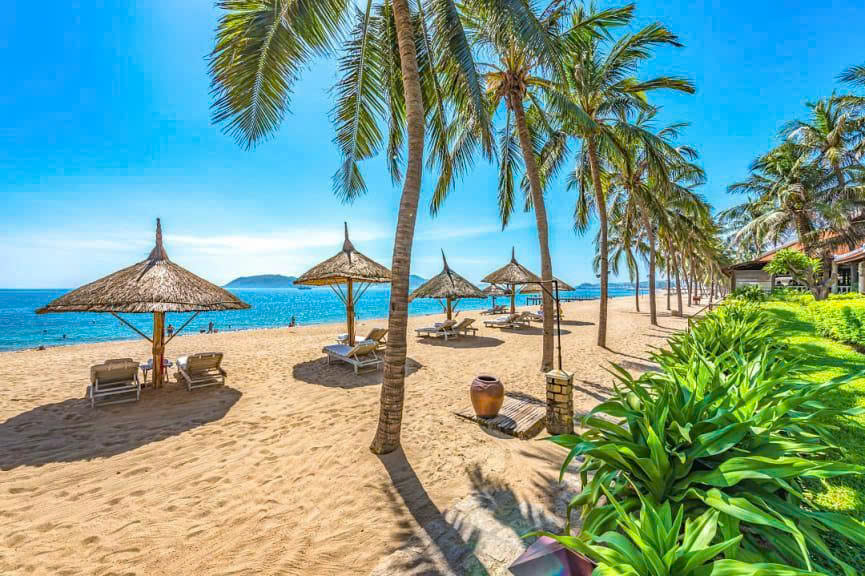
| Key Action | Goal | Budget Impact |
| Choose Your City Wisely | HCMC/Hanoi vs. Da Nang/Smaller Cities | Up to $300 USD monthly difference on rent alone. |
| Prioritize Street Food | Daily Food Budget | Saves 50-70% compared to home cooking or Western dining. |
| Get a Motorbike | Transportation Costs | Reduces transportation costs to under $100 USD per month. |
| Secure Insurance | Health & Safety | A high up-front cost, but essential protection against massive emergency bills. |
RELATED: Top Digital Nomad Tips for Living in Vietnam Smoothly
7. Frequently Asked Questions (FAQs) about the Vietnam Cost of Living
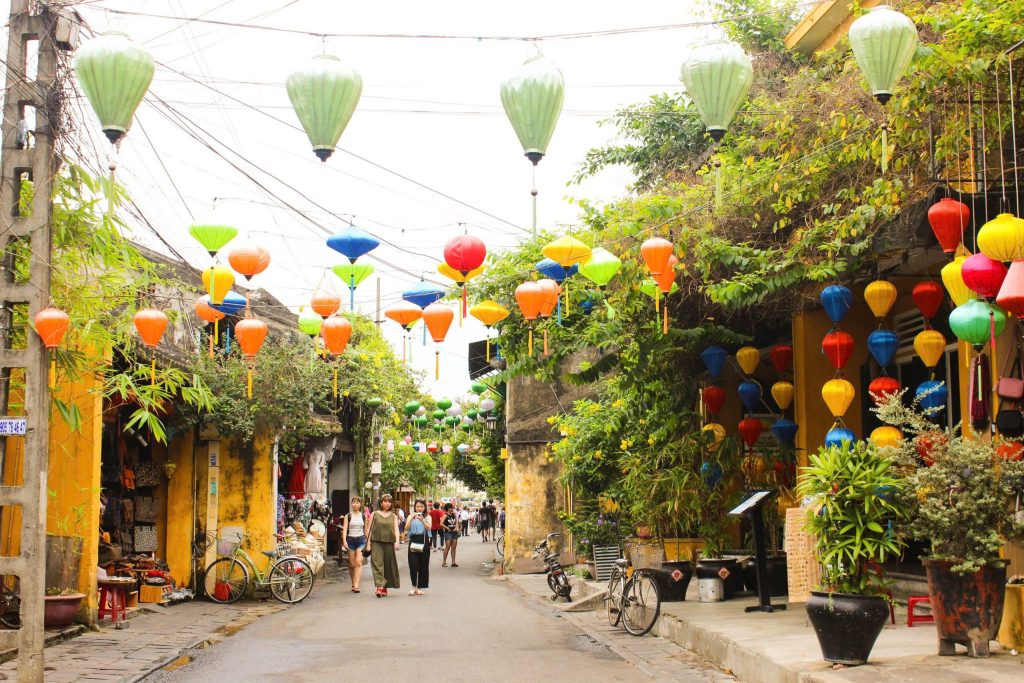
Here are the frequently asked questions (FAQs), addressing specific concerns readers might still have after reviewing the detailed sections above:
How much is a realistic monthly budget for a Digital Nomad in Ho Chi Minh City?
Answer: A comfortable, realistic monthly budget for a digital nomad in HCMC falls within the $900 – $1,500 USD range. This covers:
- A modern 1BR apartment in a prime district ($400–$650).
- A mixed diet of street food and international dining.
- Gym membership and co-working space fees.
- Frequent Grab transport (bike or car).
- This budget allows for a good work-life balance without feeling restricted.
Is it cheaper to live in Da Nang or Hanoi?
Answer: Da Nang is generally noticeably cheaper than Hanoi, especially when comparing housing costs for the same quality.
- Hanoi’s prime expat area (Tây Hồ/West Lake) and central rentals are often higher ($500 – $1,000 for a 1BR).
- Da Nang offers modern, high-quality 1BR apartments near the beach for $400 – $750.
- Food and entertainment costs are similar, but the lower rent makes Da Nang a more budget-friendly option overall.
How much should I budget for utilities (electricity and water) in Vietnam?

Answer: Utilities are relatively cheap, but the cost depends heavily on Air Conditioning (AC) usage.
- Water and Internet: Very cheap, typically $15–$25 USD/month combined.
- Electricity: The average monthly cost is $40 – $120 USD. If you run your AC 24/7 during the hot summer months, especially in Ho Chi Minh City, your bill will consistently be at the higher end ($100+). Lower AC use keeps the bill under $50.
What is the biggest hidden cost I need to prepare for as an expat family?
Answer: The single largest and often most shocking cost for expat families is International School Tuition.
- This expense is non-negotiable for many families and can easily add $1,500 – $3,000+ per month, per child, pushing the overall family cost of living well over the $4,000+ luxury tier.
- Be sure to research local or bilingual school options for a more affordable route.
Can I really live on less than $700 USD per month in Vietnam?
Answer: Yes, you can, but only by committing to a local living/ultra-frugal lifestyle (Tier 1) and choosing a smaller city.
- You must avoid the major hubs (HCMC/Hanoi).
- You must secure a basic local room (phòng trọ) outside the city center ($160–$280 rent).
- You must rely almost exclusively on street food and local markets for all meals.
- This level of frugality requires discipline and a high level of integration with local life.
RELATED: Digital Nomad in Vietnam: Best Cities, Costs, and Tips
The journey through the Vietnam Cost of Living Breakdown: Budget to Luxury confirms that Vietnam remains one of the world’s most dynamic and financially appealing destinations for expats and digital nomads alike.
While costs are steadily rising due to rapid economic growth, the fundamental value proposition holds strong: Vietnam offers an exceptionally high quality of life at a fraction of the price found in Western economies. Your ultimate monthly budget is not fixed; it is a direct function of the lifestyle you choose—whether you embrace the $700 local-focused life in a second-tier city or demand the $3,000+ luxury of a Hanoi penthouse.


